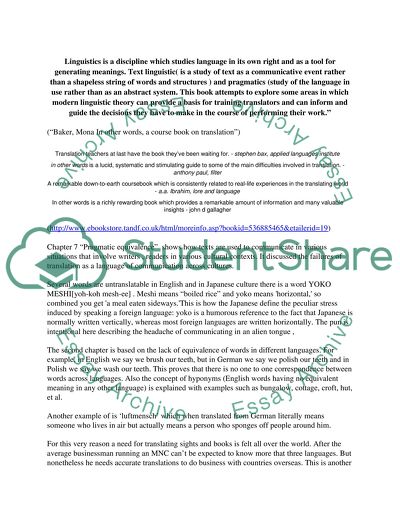Cite this document
(“Importance of translations Essay Example | Topics and Well Written Essays - 1000 words”, n.d.)
Retrieved from https://studentshare.org/literature/1500758-importance-of-translations
Retrieved from https://studentshare.org/literature/1500758-importance-of-translations
(Importance of Translations Essay Example | Topics and Well Written Essays - 1000 Words)
https://studentshare.org/literature/1500758-importance-of-translations.
https://studentshare.org/literature/1500758-importance-of-translations.
“Importance of Translations Essay Example | Topics and Well Written Essays - 1000 Words”, n.d. https://studentshare.org/literature/1500758-importance-of-translations.


